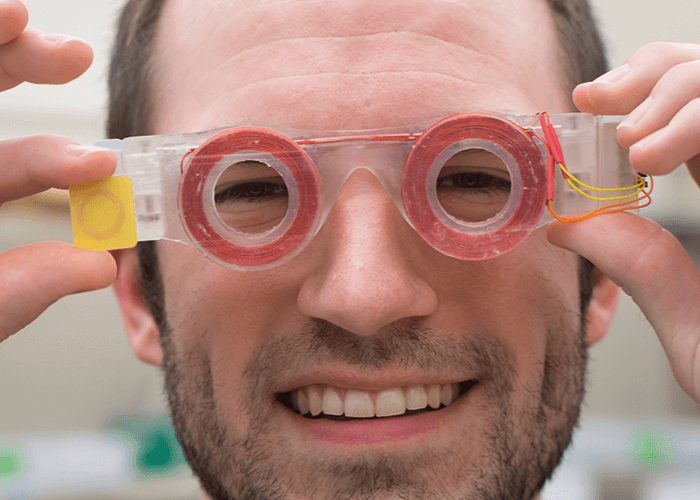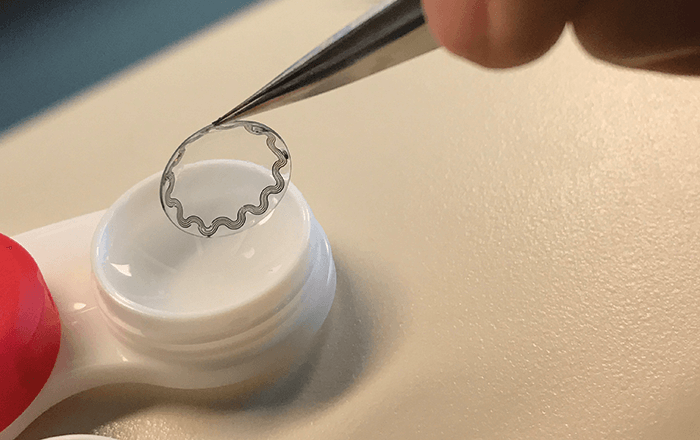
A glaucoma diagnosis typically means eyedrops – if not more invasive treatment. The negative aspects of topical medication are well known, some surgical approaches can result in bleb formation, others fail over time, and newer minimally invasive glaucoma surgery (MIGS) devices can be prohibitively expensive. No wonder that many researchers are seeking alternatives to lower IOP and help patients preserve vision. Pedro Irazoqui (Purdue University, Indiana, USA), Simon John (The Jackson Laboratory, Maine, USA) and Gabriel Simón (Instituto Gabriel Simón, Madrid, Spain) are offering a new approach: an electromagnetic therapy device that stimulates aqueous drainage. Irazoqui tells us more about the concept and shares their aspirations.

